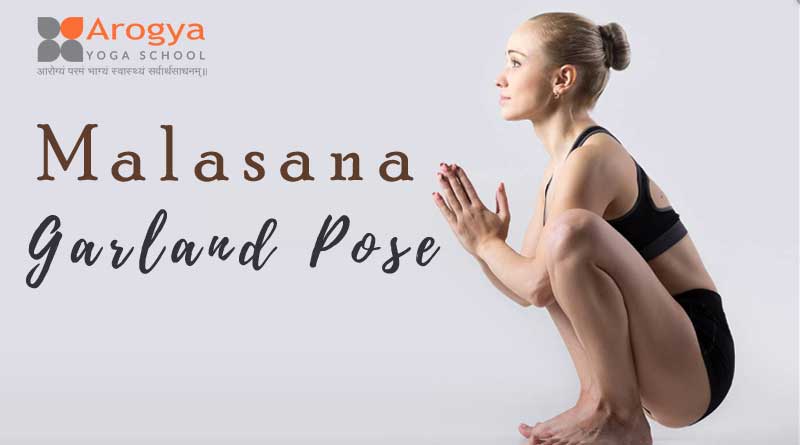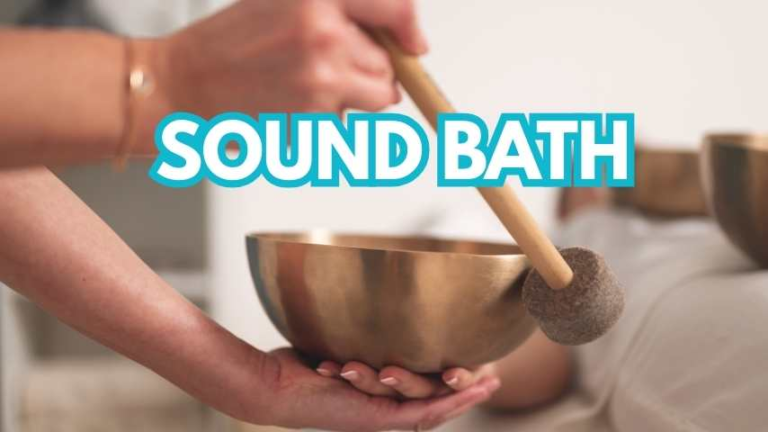
Garland Pose – Malasana
Garland Pose Sanskrit name “Malasana” (mah-LAHS-uh-nuh) comes from two words:
- “Mal” — meaning “garland”
- “Asana” — meaning “pose”
Malasana also known as the garland pose, squat pose is an asana. Mala –Garland, necklace, Asana – Pose; Pronounced As – maa-laa-sa-na
Garland Pose also called, “Wide Squat,” Malasana is the preparatory position for the arm balance, “Crow Pose / Cat Pose” (Bakasana). Most yoga teachers also refer to Malasana as “Frog Pose,” but that is not to be confused with the hip-opening pose performed on the knees, which is also called “Frog Pose.”
Health Benefits of Garland Pose – Malasana:
- Opens your hips and groin
- Instigates metabolism.
- Malasana also increases blood circulation
- Malasana stretches the thighs, groin, hips, ankles, and torso.
- Stretches your ankles, lower hamstrings, back and neck
- Tones your abdominals
- Malasana is particularly beneficial for women who are pregnant
- Aids in digestion
- Help to concentration, and focus
- Malasana improves balanc
- Strengthens your metabolism
- Keeps your pelvic and hip joints healthy
- Ideal for prenatal yoga
- help regulate sexual energy
- tones the belly.
- improves the Yoga posture.
- flexibility in your ankles and knees.
Malasana Garland pose Preparatory Poses
- Baddha Konasana
- Upavistha Konasana
- Virasana
Malasana Garland pose Follow-up Poses
- Uttanasana
- Adho Mukha Svanasana
- Bhujangasana
Other Information of garland pose – Malasana
- Yoga Pose Level: Basic
- Yoga Style: Hatha Yoga
- Yoga Pose Duration: 60 seconds
- Repetition: None
- Sanskrit Name : Malasana
- English Name : Garland Pose
- Stretches: Thighs, Hamstrings, Groin, Lower back
- Strengthens: Lower back, Hips, Digestive system






